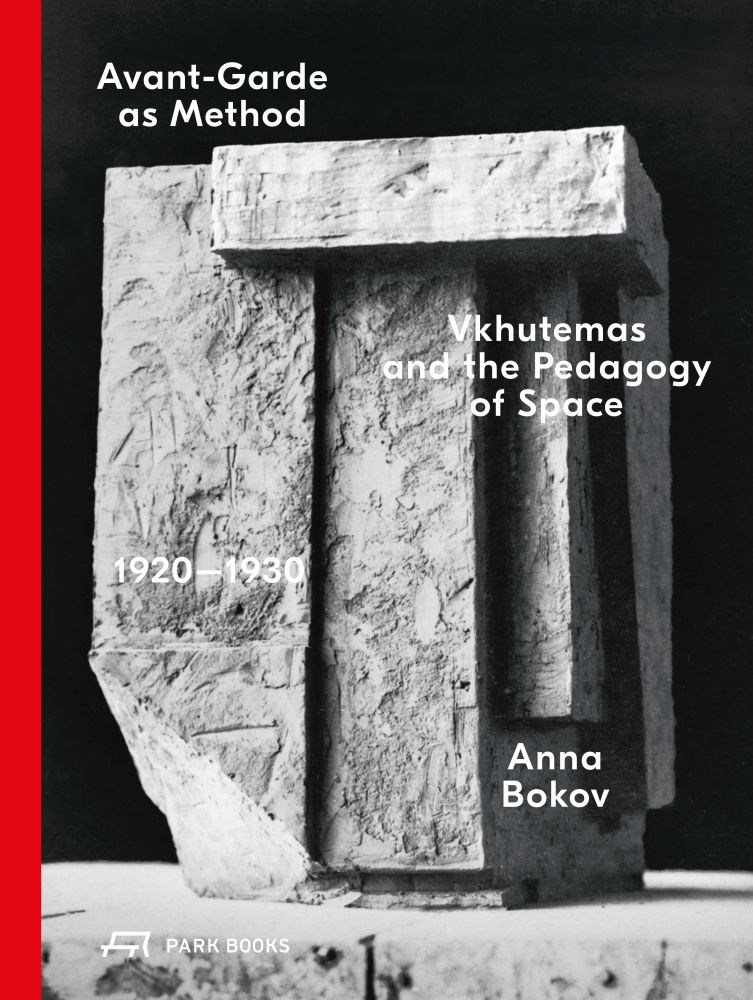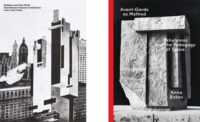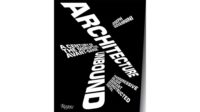In March 2021, RECORD published a joint book review by Eric Mumford on two titles concerning Russian architectural history. The subject of one of these books, a short-lived Moscow design academy established in 1920 known as Vkhutemas, has made headlines in recent weeks after the late-January opening of an exhibition on the Soviet school titled Vkhutemas: Laboratory of the Avant-Garde, 1920-1930 was postponed by The Cooper Union in New York in reaction to the ongoing Russian invasion of Ukraine. Architect and architectural historian Anna Bokov, an adjunct assistant professor at Cooper Union’s Irwin S. Chanin School of Architecture, is the author of the aforementioned 2021 book on Vkhutemas and curator of the exhibition, which features student research and studio work.
Much ink has been spilled on the controversial decision to postpone the exhibition. On February 6, Cooper Union leadership announced that the exhibition will be staged this spring and be supported by public programming and "additional materials that will frame the various issues that have been explored and raised.” An opening date has not yet been announced.
RECORD will cover the exhibition—and address the backlash surrounding its postponement—when it opens. In the meantime, we are republishing our full 2021 review of Bokov’s Avant-Garde as Method: Vkhutemas and the Pedagogy of Space, 1920–1930 along with Jean-Louis Cohen’s Building a new New World: Amerikanizm in Russian Architecture.
Jean-Louis Cohen’s Building a new New World: Amerikanizm in Russian Architecture is the latest academic book from the eminent New York– and Paris-based French historian of modern architecture and urbanism. Cohen offers a concise account of how Russian “Amerikanizm,” the perception that emerged there in the 19th century that the United States was an industrial civilization from which much could be learned, shaped a variety of Russian architectural and urbanistic efforts down to the 1970s. It is the companion volume to an exhibition that Cohen, who is fluent in Russian, organized at the Canadian Centre for Architecture in Montreal. It is also the third volume of Cohen’s rich archival documentation of the development of global modernity in the built environment, which began with his Scenes of the World to Come: European Architecture and the American Challenge, 1893–1960 (1995) and continued with his probing Architecture in Uniform: Designing and Building for the Second World War (2011).
Organized into six sections that cover various periods of modern Russian history, and illustrated with many well-chosen photographs and architectural drawings, occasionally interspersed with advertising and propaganda posters, Building a new New World offers an overview of this vast topic in a compact format. Key episodes during the Soviet era, such as Lenin’s fascination with American industrial practices, and his genocidal successor Stalin’s subsequent commissioning of hundreds of large factories by Albert Kahn Associates of Detroit, are concisely described and amply illustrated here. So too is the Stalin-period effort to rebuild Moscow and other Soviet cities in the image of North American downtowns of the 1920s, which ironically occurred even as the regime extensively promulgated critiques of American racism and inequality. Cohen’s book also carries the story into the mid-20th century, after Stalin’s death in 1953, focusing on U.S. and Soviet Cold War technological competition, which involved such American design figures as Buckminster Fuller, Victor Gruen, and Charles and Ray Eames.

Avant-Garde as Method: Vkhutemas and the Pedagogy of Space, 1920–1930, by Anna Bokov. Park Books/University of Chicago Press






Post a comment to this article
Report Abusive Comment